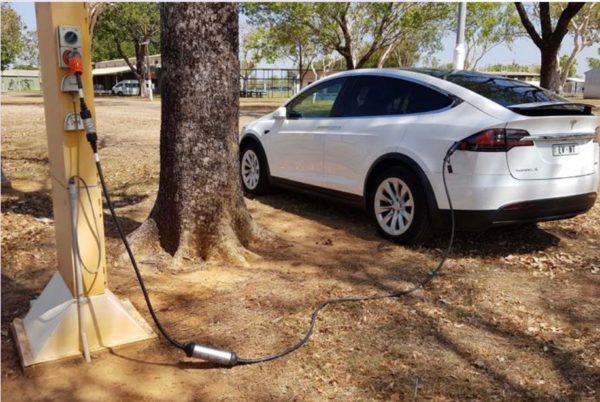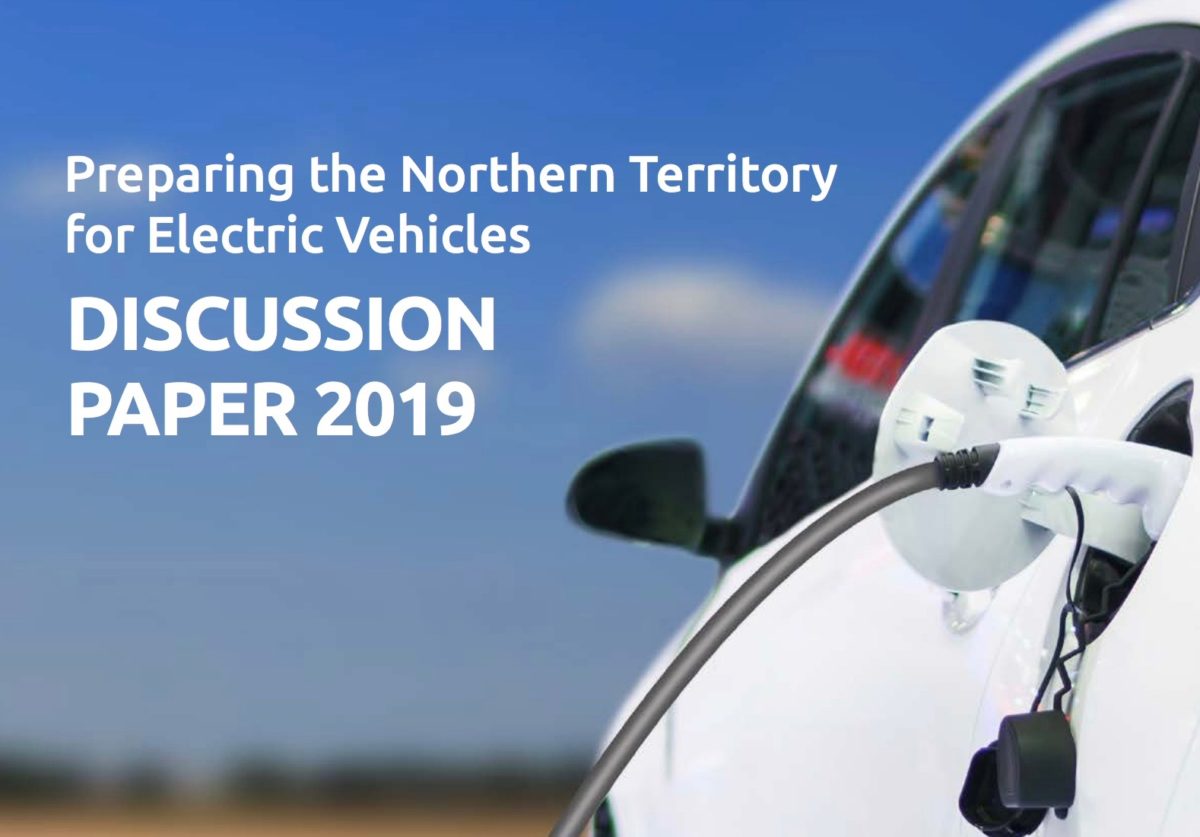As the Northern Territory (NT) Government looks to form a strategy for electric vehicles (EVs) in the NT, it has released a discussion paper inviting feedback and assistance toward the development of an implementable strategy.
The Preparing the Northern Territory for Electric Vehicles Discussion Paper 2019 (the Paper), released by the Gunner Government on Monday, aims to meet the growing interest in EVs nationally and at the Territory level.
As the EV industry continues to grow exponentially, the immediate necessity for EV policy toward program and infrastructure developments for the transition is omnipresent. Of course, the chances are low that the Morrison Government is going to produce any sustainable development policy on climate, energy or EVs. Indeed, the Wallabies had better chances of returning from Japan with the Rugby World Cup, and look how that turned out. Thus, as per usual, sustainable policy is up to the states and territories.
The uptake of EVs in the Territory is a unique challenge. After all, as the Paper notes, the main disincentive to EV uptake has been cost and range-anxiety, two disincentives especially apparent in the NT with its large land area and small, widely dispersed population “with many remote and very remote communities.” Throw in the fact that the NT’s major metropolitan areas are geographically isolated from the rest of Australia and we begin to see the difficulty the Territory faces in linking up with the evolving charging networks along the east coast and across into the Bight.
Toward this brave new world, the NT is considering the costs and benefits, as well as the potential opportunities and barriers in developing EV policy and infrastructure. However, there is a long way to go. The Paper reports that as of February 2019, there were only 35 registered EVs in the Territory, representing 0.02% of total NT vehicles. Moreover, 10 of those 35 were owned and operated by the NT Government themselves.
As mentioned above, range anxiety is highly acute for Territorians, even if, as the Paper acknowledges, Territorians on average only drive 36km a day. Apparently, not every Territorian is out there racing the Ghan to from Alice Springs to Darwin. But of course, journeys between major centres in the Territory do become necessary, and the current lack of infrastructure makes these a significant obstacle to EV uptake.

Image: Northern Territory Government
Nevertheless, the NT Government sees EVs as forming part of its ambition drive toward 50% renewable energy by 2030, the main engine of this being solar energy.
The Paper singles out the following range of actions as possible points of focus for strategic policy implementation:
- Planning and investigation
- Vehicle costs
- Range anxiety, charging and power supply
- Skills and innovation
- Consumer knowledge and awareness
The Paper hopes to attract a large amount of consolation from the public, with submissions open until 17 November 2019. For more information, see here.
This content is protected by copyright and may not be reused. If you want to cooperate with us and would like to reuse some of our content, please contact: editors@pv-magazine.com.









By submitting this form you agree to pv magazine using your data for the purposes of publishing your comment.
Your personal data will only be disclosed or otherwise transmitted to third parties for the purposes of spam filtering or if this is necessary for technical maintenance of the website. Any other transfer to third parties will not take place unless this is justified on the basis of applicable data protection regulations or if pv magazine is legally obliged to do so.
You may revoke this consent at any time with effect for the future, in which case your personal data will be deleted immediately. Otherwise, your data will be deleted if pv magazine has processed your request or the purpose of data storage is fulfilled.
Further information on data privacy can be found in our Data Protection Policy.